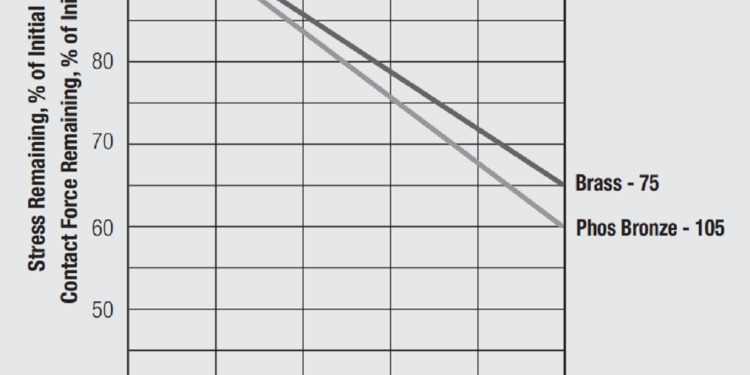In general permanent connections are intended to be exactly that, permanent connections, once and done. Therefore they are not limited by separability requirements which we have seen limit the deformation and forces that can be used in separable connections. Permanent connections can, and do, use much higher forces and larger deformations than separable connections. High forces result in better mechanical stability than that of separable connections. Larger deformations allow for the creation of larger contact areas, therefore, lower contact resistances than those of separable connections.
This chapter will focus primarily on mechanical permanent connections to wire and cable and to printed circuit boards. For wire and cable these include crimped and insulation displacement connections. For printed circuit boards the discussion will be limited to press-in connections to plated through holes in printed circuit boards. Metallurgical permanent connections include brazing, welding and soldering. Only soldered connections will be discussed in this chapter and only in terms of the requirements for solderability that influence the contact spring design and materials.






